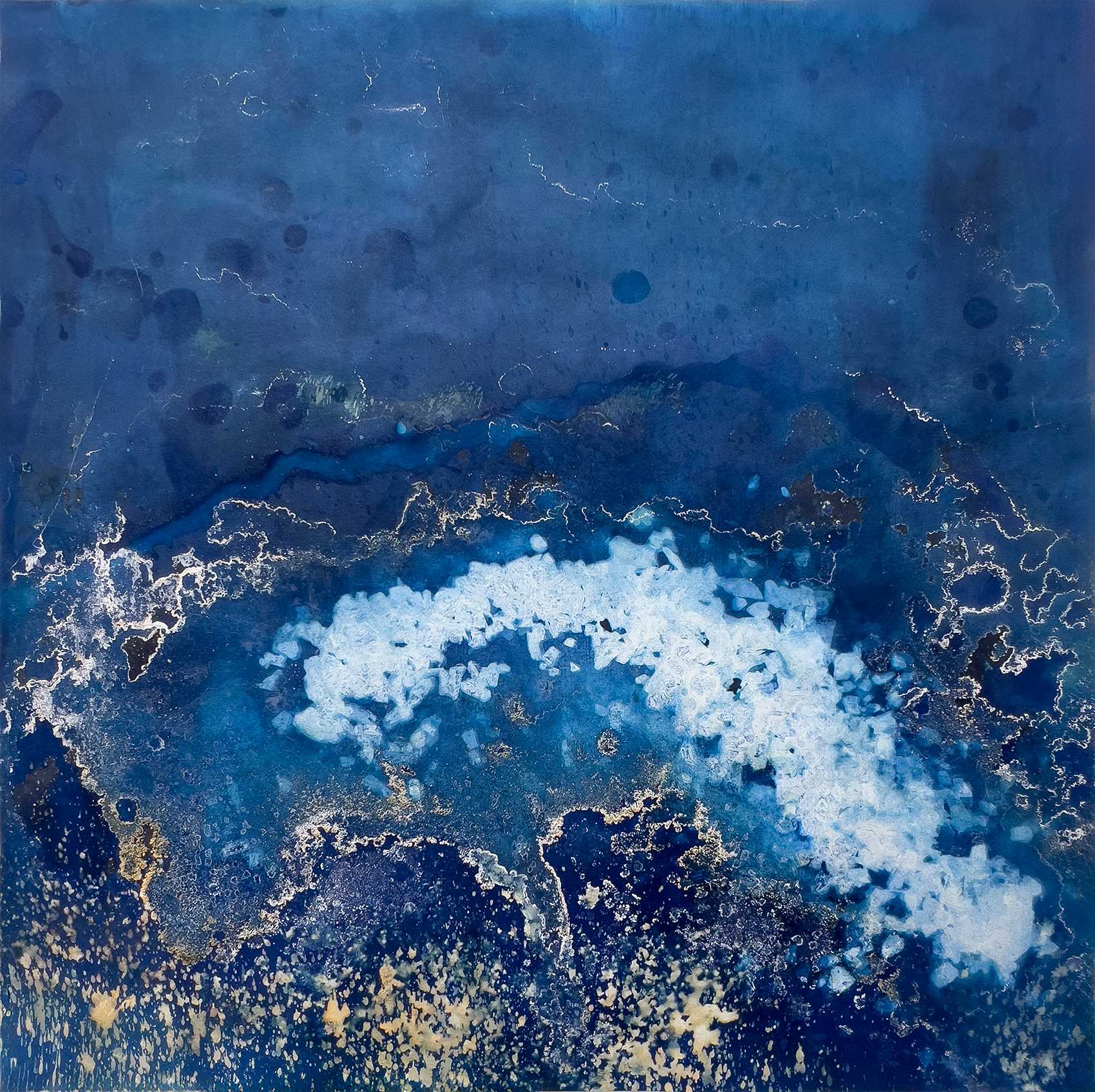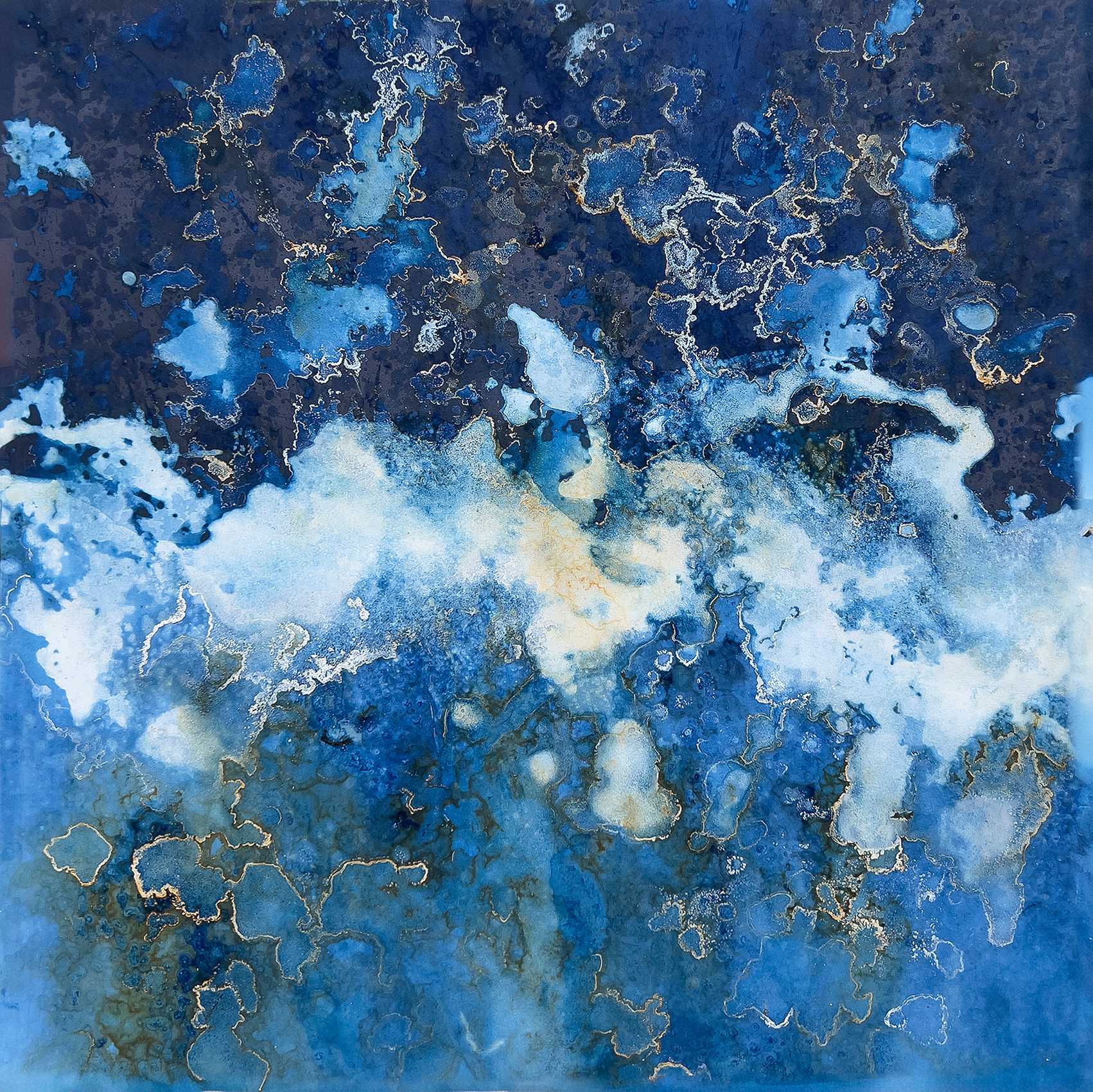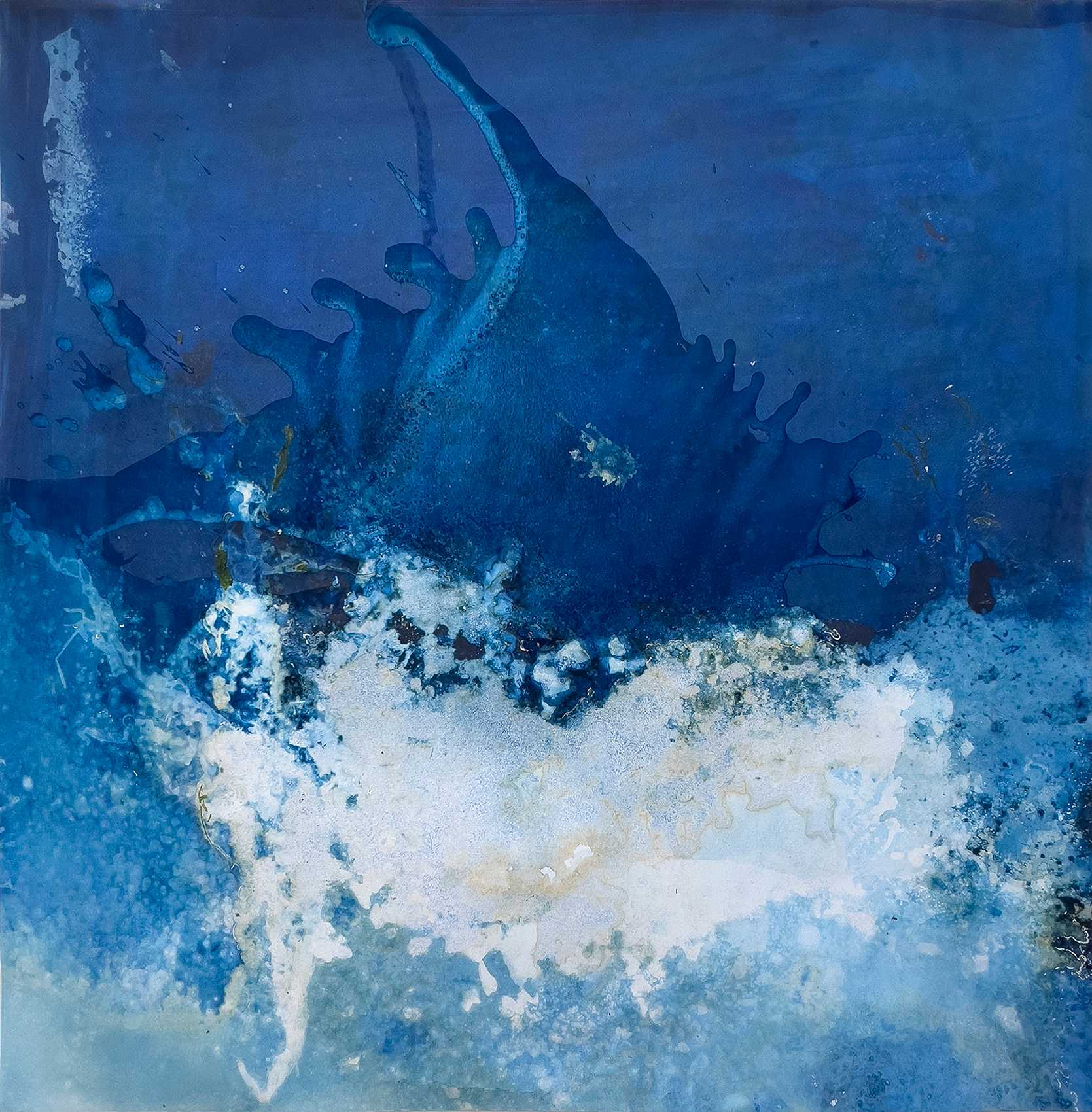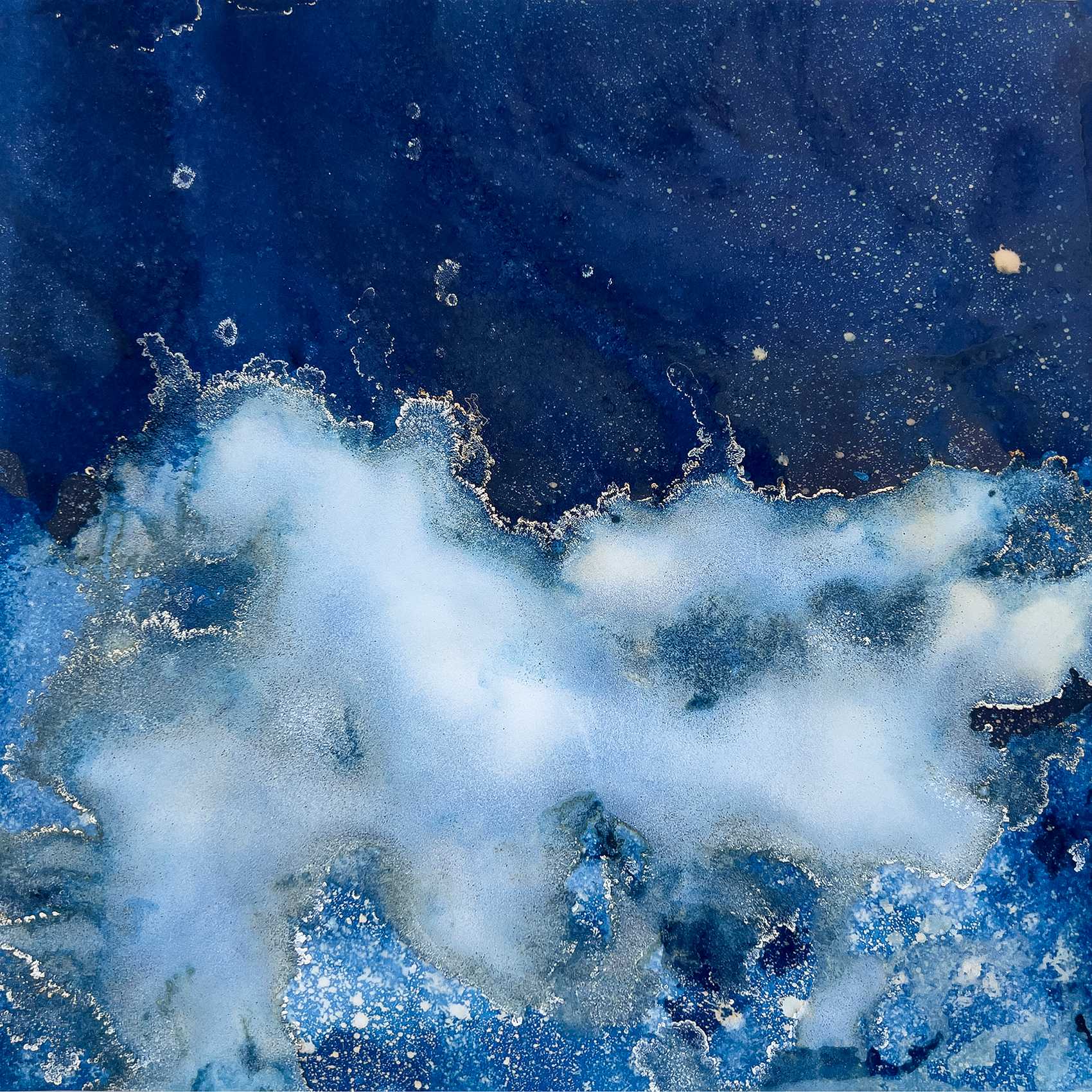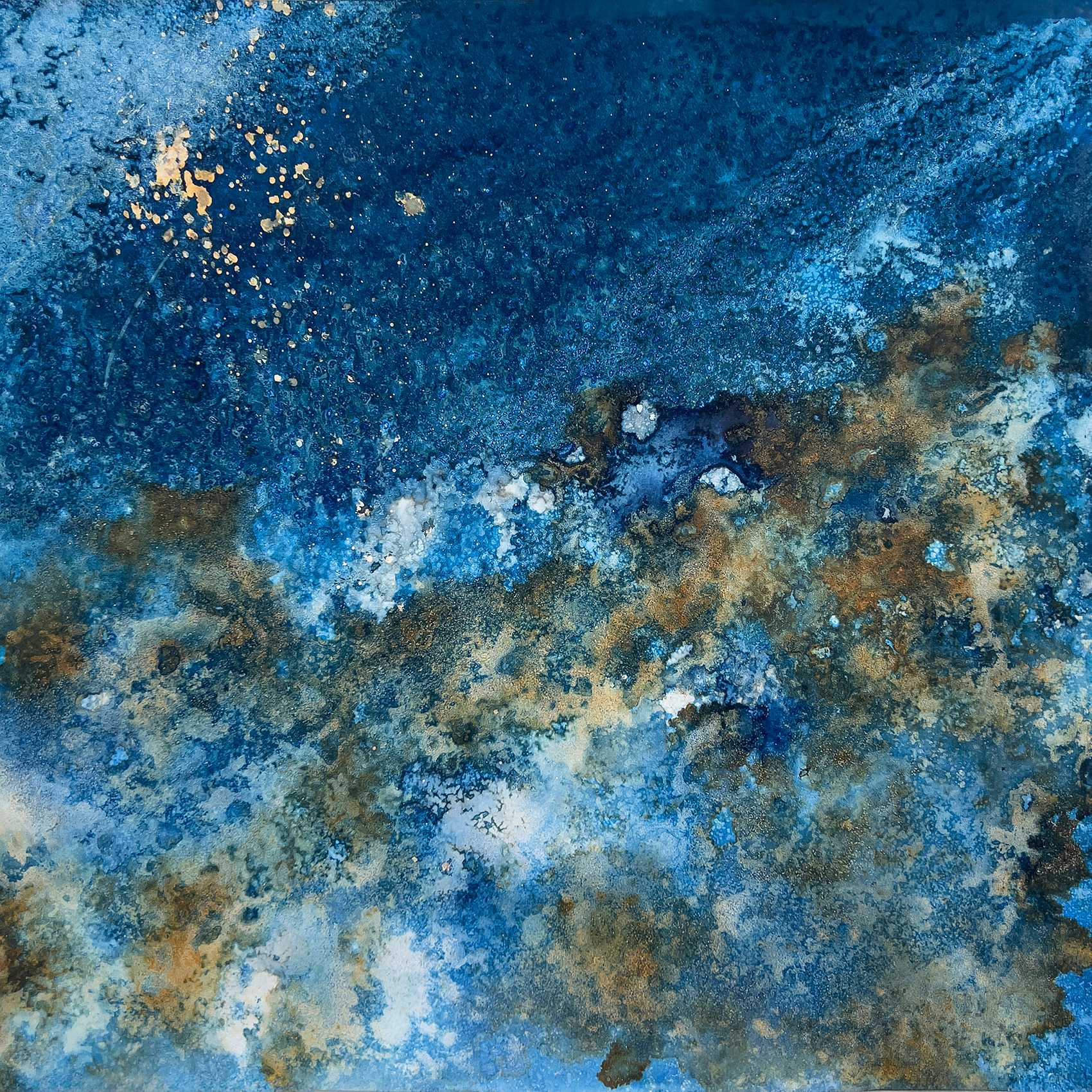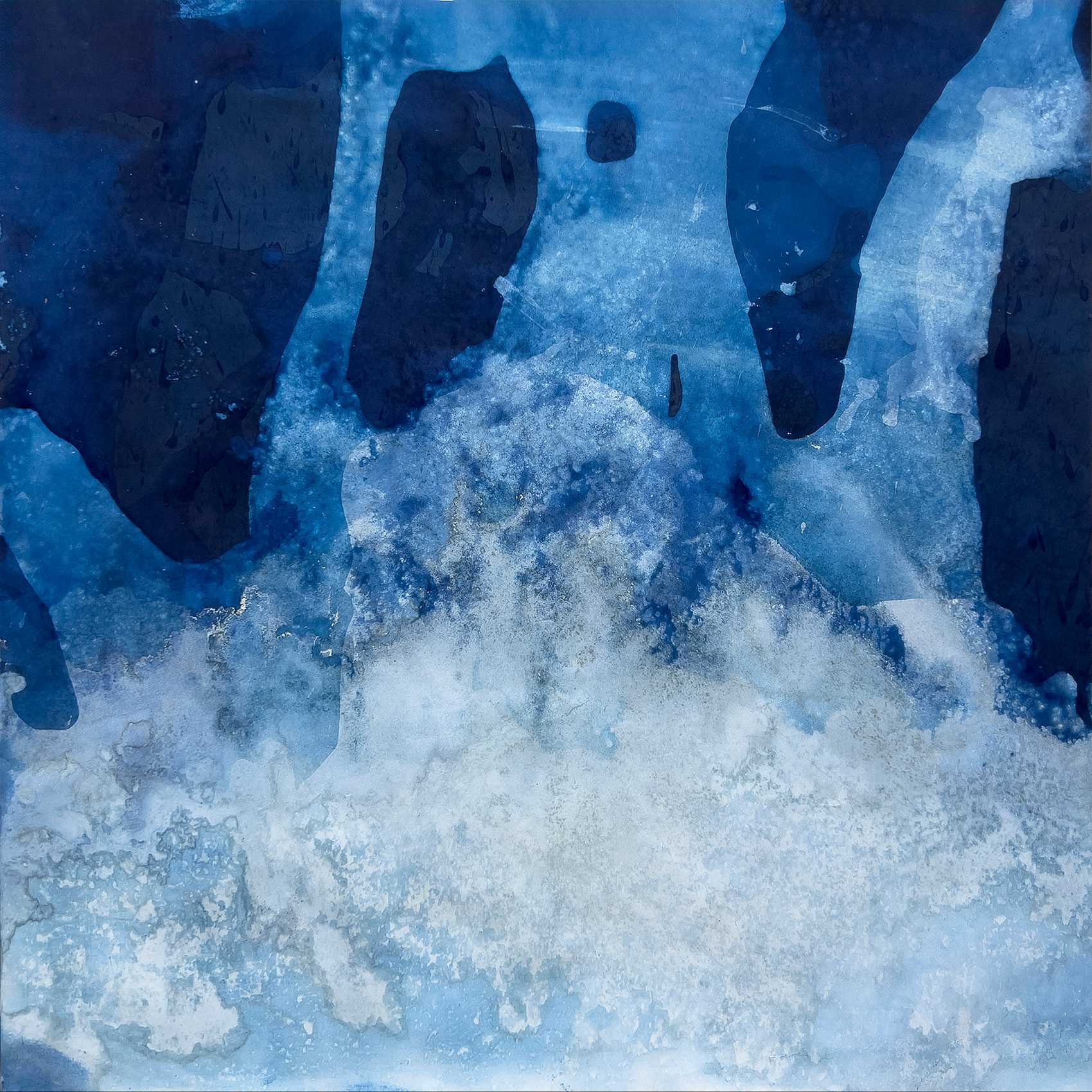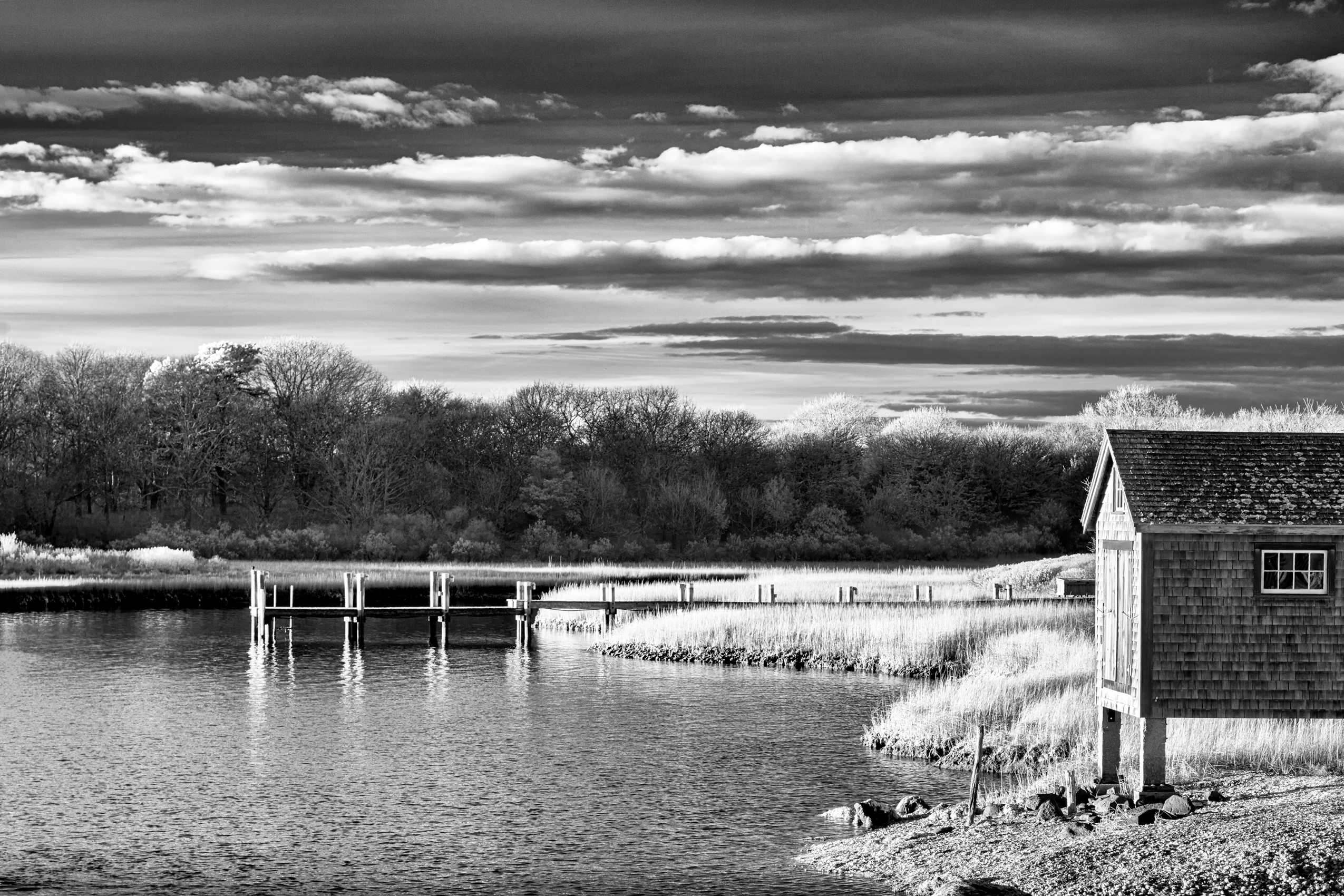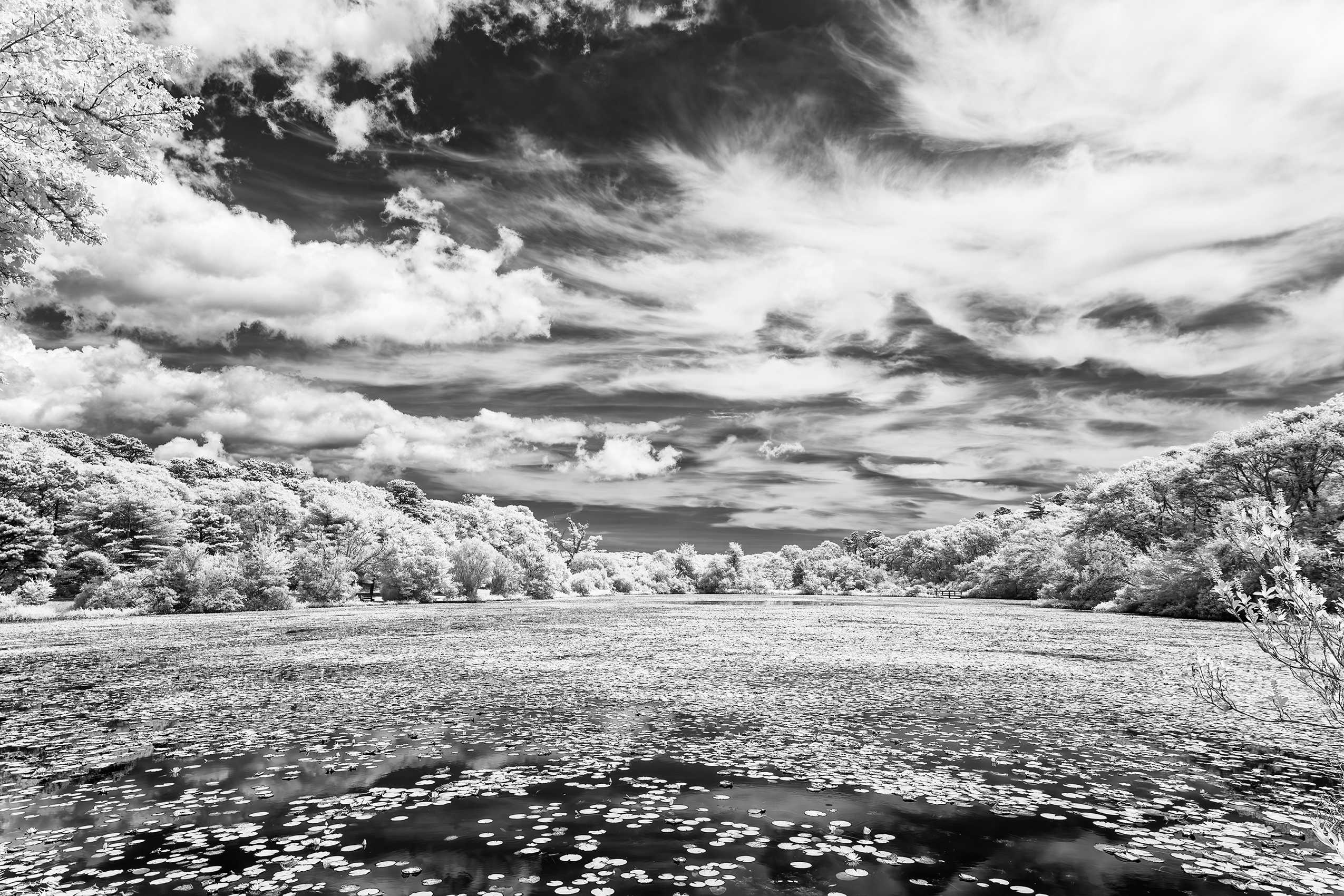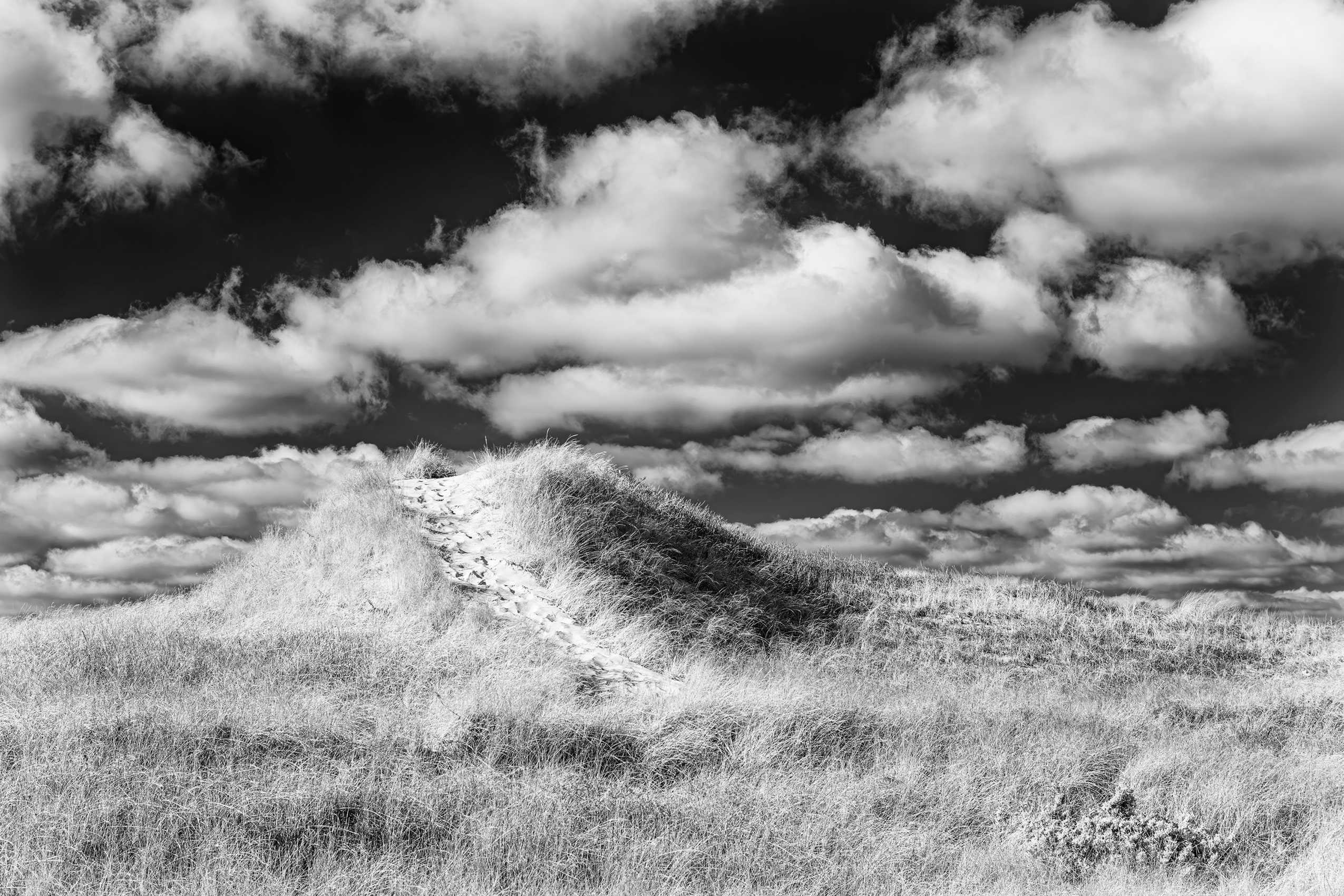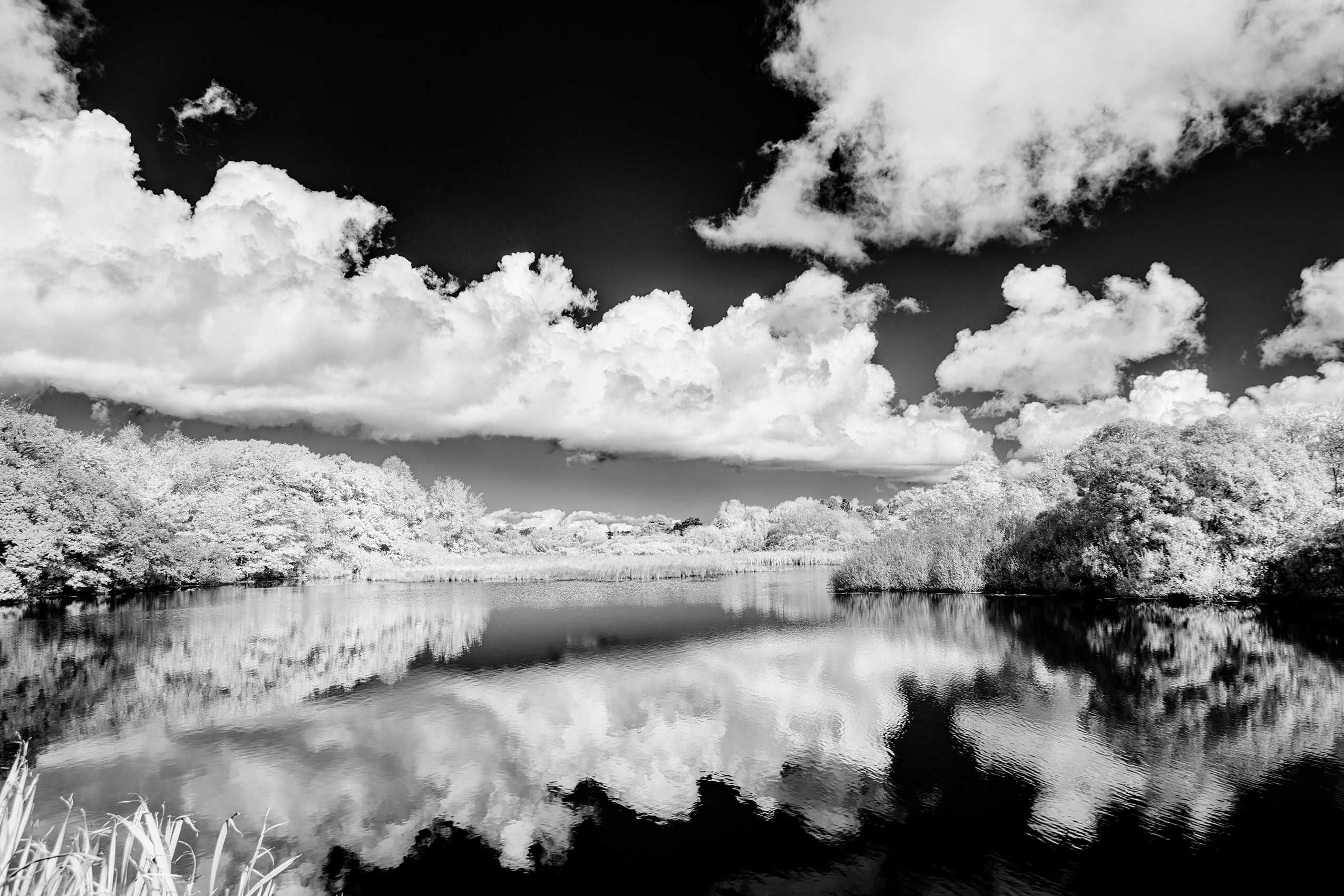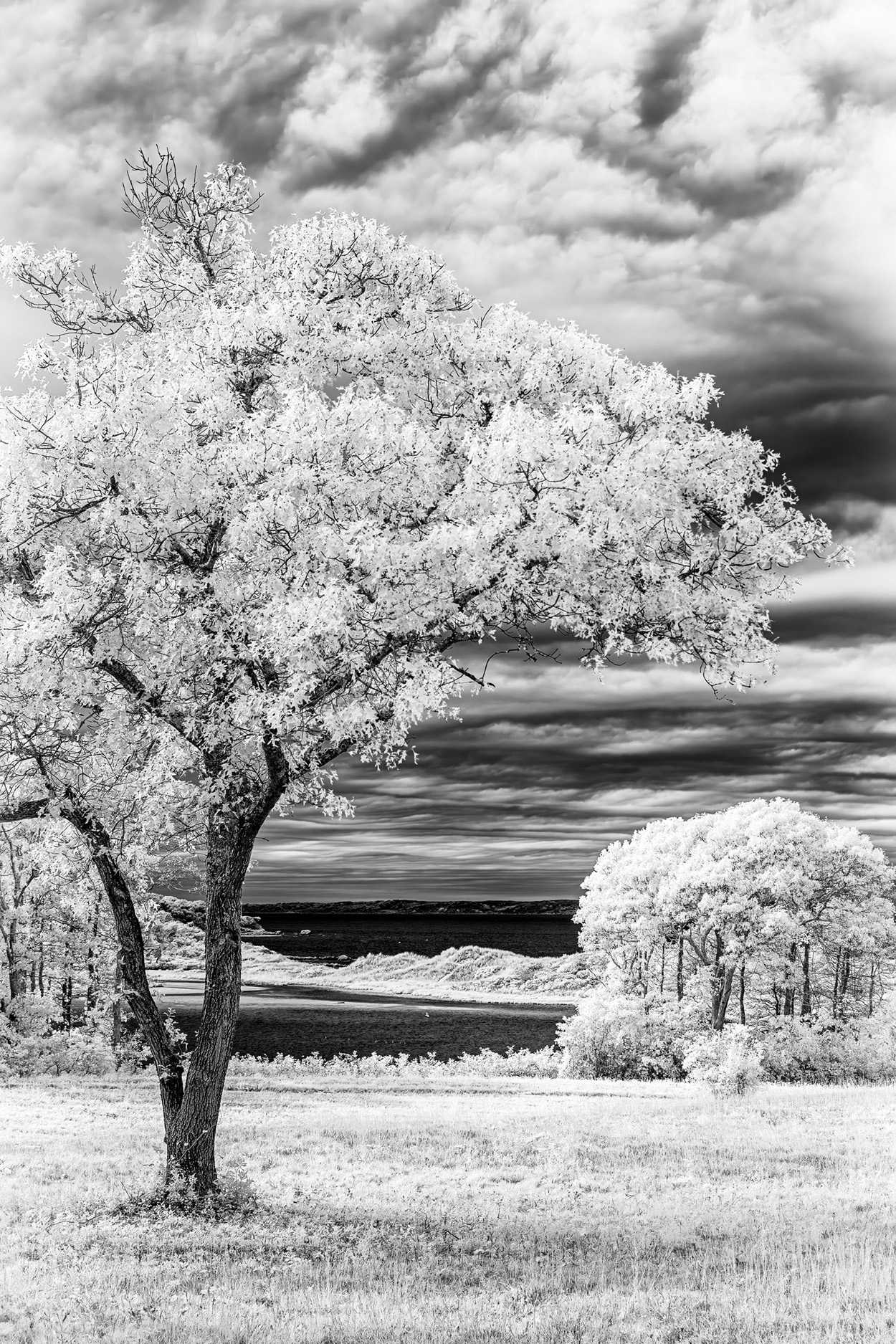2025 Field Gallery Show
My annual photography show at the Field Gallery, West Tisbury, MA on Martha's Vineyard will run from Thursday, August 29 through Thursday September 11, 2025. The formal opening will be on Saturday, August 30 from 4 to 6pm.
Featured in the show are Infrared Black & White photographs and one of a kind prints made with 19 Century Cyanotype photographic chemicals, Island salt and pond water, and natural and man-made materials. See my artist statements that follow for more information about this year's work.
2025 Field Gallery Show
Water Marks Project
As a photographer, this “Water Marks” series, started in 2022, is a major shift in my thinking about the traditional practice of photography. Making these prints does not involve the use of a camera or lens of any kind. The traditional 19th Century Cyanotype process produces white silhouettes of objects on a blue background or blue and white photographic images from negatives exposed on chemically sensitized paper when exposed to ultraviolet light. These Water Marks prints are made by the interactions among Cyanotype chemistry, ultraviolet light and the environment in which they are made. My active involvement in the process, as well as a large measure of chance produce the final prints.
Sensitized paper is placed at the water’s edge where sea, brackish or pond water, sand, shell fragments, seaweed, and sediment interact with it. The paper is exposed to the sun’s UV light on location. At the water’s edge and back at my studio I intervene in the process by altering the chemistry, manipulating the paper and the shoreside materials that are on the paper. I also add handmade seaweed and leaf pigments and other materials.
Exposure continues until I’m satisfied with the cumulative outcome of these dynamic, unpredictable interactions. The final prints reveal classic Cyanotype Prussian Blue, embellished with colors and textures produced by the sunlight, water and the other elements with which they have been made.
Unlike traditional photographs where the image is a permanent record of a place, event or subject at a particular time, these prints are not “fixed” as darkroom prints are. Just as the environments in which they are made change over time, so do the prints. The chemistry continues to respond to the environment in which the prints are displayed, especially to light and humidity. Subtle changes may occur to the paper, colors, and physical elements on the surface of the prints - salt, sand, sediment, seaweed, algae may shed off the surface.
For me, these prints are an intriguing analogue of the natural processes involved in creating and altering the Island coastline and ponds we enjoy and often take for granted. My involvement in their production, like all human interactions with the natural environment, leaves a mark as well.
The Cyanotype process was developed in England in 1842 by Sir John Herschel, which led to the publication of the first book to use photographs-cyanotype silhouette prints of seaweed and algae-in 1843 by Anna Atkins. In my research and exploration of this process I’ve been inspired by contemporary Cyanotype artist Meghann Riepenhoff.
In a Different Light-Infrared Photography
I’ve been photographing the Island for over two decades and have always sought ways to make highly personalized photographs that capture its unique beauty, grand landscapes and ocean vistas, as well as more intimate settings and subjects. In 2024, I undertook a photographic project using a converted digital camera designed to capture infrared (IR) light within the near end of the IR light spectrum, 700 to 900nm, light humans cannot normally see. It produces striking, high contrast, Black & White photographs that present the Island in a truly unique and different way, one that encourages viewers to pause and consider familiar locales with a fresh perspective.
Different materials reflect or absorb IR light in varying degrees. Deciduous leaves appear bright white because the chlorophyll within the leaves is relatively transparent to infrared radiation, and the internal structure of leaves are highly reflective. Evergreen leaves do not reflect with the same intensity and appear darker. Clouds too are highly reflective because of their moisture content. And because IR light penetrates atmospheric haze, it reveals more moisture bearing clouds than we can normally see. This reflection causes clouds to appear bright white and stand out dramatically against skies, which absorb IR light and appear much darker. Reflective elements in many IR photographs appear to glow in contrast to the darker tones of water and inorganic materials such as rocks and man-made structures that absorb IR light.
My primary inspiration for this kind of photography is Minor White, the mid-20th century master photographer who made stunning infrared photographs. I am guided by his observation: “One should not only photograph things for what they are but for what else they are.”

